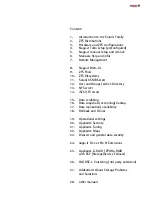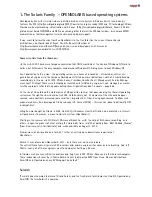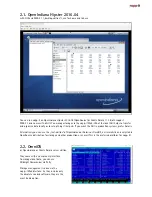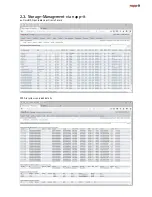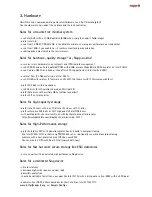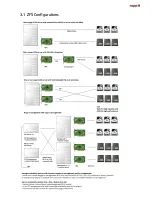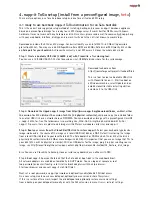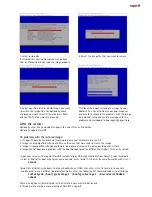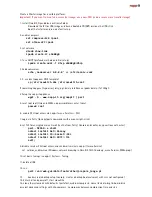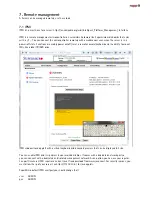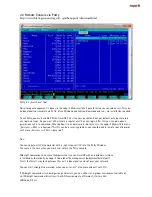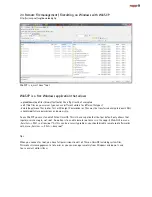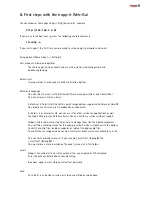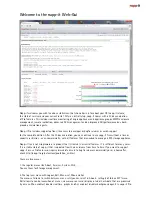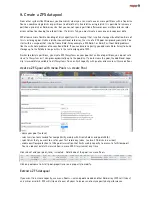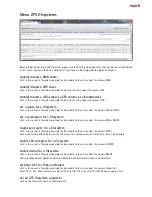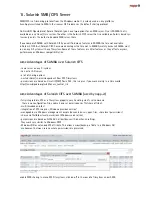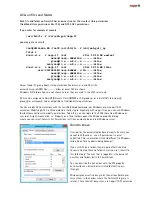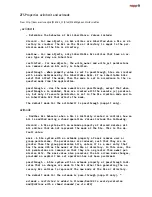
5.2 Setup napp-it storage appliance with manual ip settings
After OS setup, your need to configure your network either with DHCP (5.1) or manually (5.2).
5.2.1 Initial setup of the napp-it appliance with manual ip settings
If you have a working DHCP server: use DHCP and set network manually later in napp-it
- boot OmniOS and login as root (no password)
- list available network adapters with their linkname (ex e1000g0):
dladm show-link
- create an ip interface based on the linkname
ipadm create-if e1000g0
- set a manual ip address
ipadm create-addr -T static -a 192.168.0.1/24 e1000g0/v4
- add default route (enter your router ip)
route -p add default 192.168.0.254
- add nameserver
echo ‘nameserver 8.8.8.8‘ >> /etc/resolv.conf
- use DNS name resolution (copy over DNS template)
cp /etc/nsswitch.dns /etc/nsswitch.conf
- install napp-it 0.9 online
wget -O - www.napp-it.org/nappit | perl
- reboot (or set current bootenvironment as default)
reboot
- set a root password (this password is valid for Unix shell logins and SMB connects)
passwd root
optional: check current network settings
ifconfig -a
optional: If something happens (typo error), delete interface and retry
ipadm delete-if e1000g0
5.3 stop/ remove/ manual deinstall of napp-it
Napp-it installer creates a bootenvironment with the state prior the installation so you can always go back.
As napp-it is a pure copy and run installation, it copies everything to /var/web-gui If you delete this folder, the
init file /etc/init.d/napp-it, the user nappit and an entry in /etc/sudoers and user_attr you have wiped it beside
tools that are installed during setup like smartmontools, midnight commander, iperf or netcat. You do not need
napp-it for regular storage operations. If you want to stop napp-it, use /etc/init.d/napp-it stop (start | restart)
If you install add-ons like the AMP stack, they are using pkgsrc from Joyent with files in /opt
Summary of Contents for ZFS Storage
Page 8: ...3 1 ZFS Configurations...


